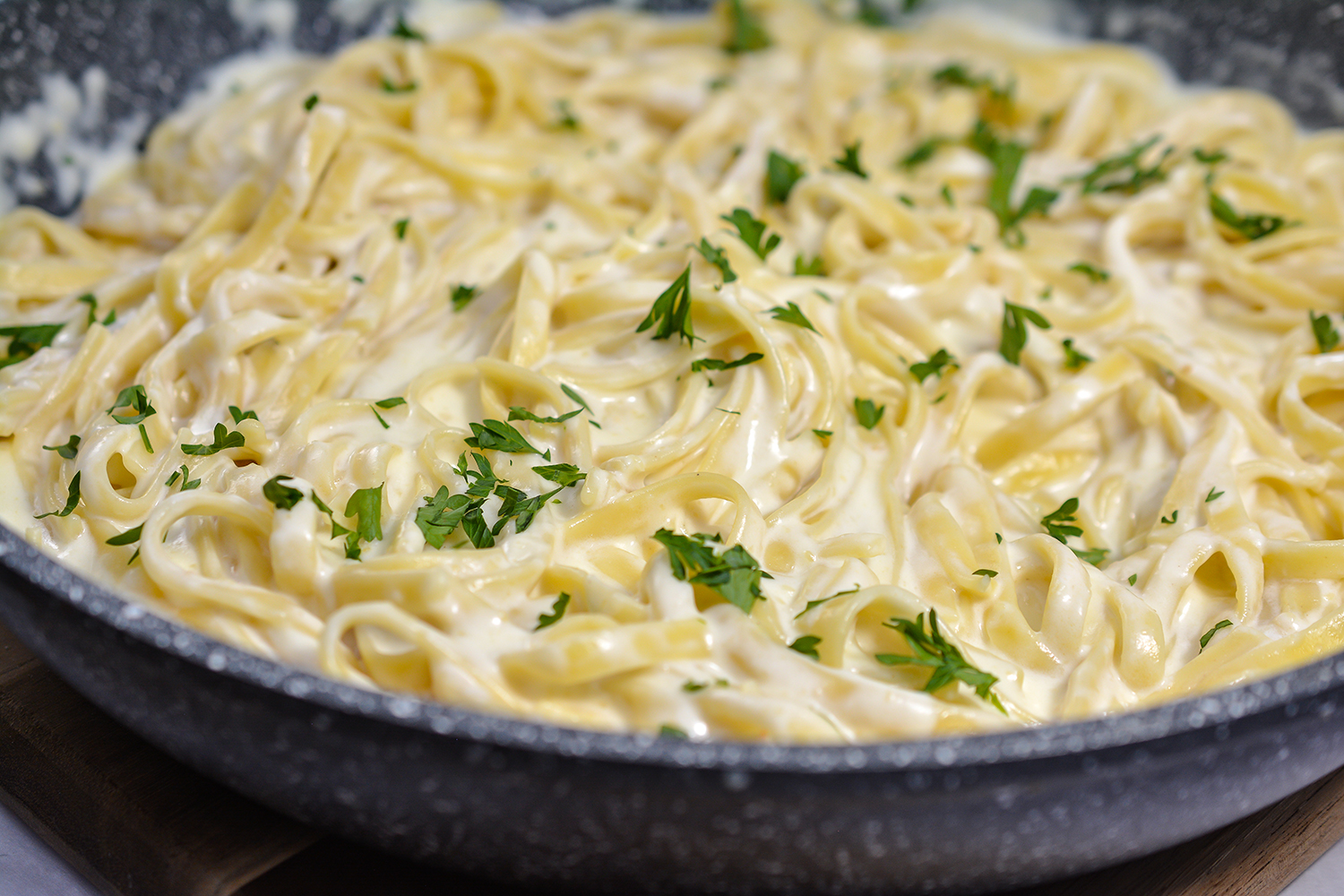

Articles
How To Reheat Olive Garden Alfredo
Modified: May 6, 2024
Learn how to perfectly reheat Olive Garden Alfredo at home with this easy step-by-step guide. Enjoy the creamy and flavorful pasta dish anytime!
(Many of the links in this article redirect to a specific reviewed product. Your purchase of these products through affiliate links helps to generate commission for Storables.com, at no extra cost. Learn more)
Introduction
Welcome to the world of gardening, where nature and creativity combine to create a harmonious and beautiful space. Gardening is not just a hobby; it is an art form that allows individuals to connect with nature, find solace in the outdoors, and create a sanctuary right in their own backyard. Whether you are a seasoned horticulturalist or a beginner with a green thumb, this comprehensive guide will provide you with valuable information and tips to enhance your gardening experience.
Gardening encompasses a wide range of activities, from planting and nurturing flowers and vegetables to designing and maintaining landscapes. It offers numerous benefits beyond just a visually pleasing environment. Gardening has been shown to reduce stress, improve mental health, and increase overall well-being. It also promotes physical activity and encourages sustainable practices by connecting individuals with nature.
Before diving into the world of gardening, it is essential to understand the basic principles and techniques involved. Successful gardening requires knowledge of soil composition, plant selection, watering and fertilizing techniques, and many other factors that contribute to the growth and thriving of plants.
In this article, we will delve into the various aspects of gardening and explore different tips and tricks to ensure your garden flourishes. From choosing the right plants for your space, to creating a suitable environment for their growth, we will cover it all. Whether you have a small balcony or a spacious backyard, there is a gardening solution for every individual.
Additionally, we will discuss the importance of organic gardening and how it can contribute to a healthier and more sustainable environment. We will explore natural pest control methods, eco-friendly fertilizers, and the benefits of composting. Embracing organic practices not only benefits the plants and the environment but also promotes better health for everyone involved.
Furthermore, we cannot ignore the aesthetic aspect of gardening. Designing and arranging plants harmoniously can transform a space into a visual masterpiece. We will provide insights on color coordination, plant arrangement techniques, and how to create focal points within your garden.
Throughout this article, we will incorporate search engine optimization techniques to ensure this guide reaches as many gardening enthusiasts as possible. By using relevant keywords, meta tags, and providing valuable content, we aim to make this article easily discoverable by those seeking gardening guidance. Our goal is to share our expertise and passion for gardening with you, our readers, and foster a community of like-minded individuals who can exchange ideas and learn from one another.
So, whether you are a seasoned gardener looking for innovative ideas or a beginner hoping to embark on your first gardening journey, this comprehensive guide is here to assist and inspire you. Let’s dig in and explore the enchanting world of gardening together!
Key Takeaways:
- Gardening is an art form that promotes well-being, sustainability, and creativity. From gathering supplies to embracing organic practices, this guide provides valuable insights for cultivating a thriving garden sanctuary.
- Properly storing and reheating Olive Garden Alfredo sauce ensures its rich flavors are preserved. Whether on the stovetop, in the microwave, or in the oven, enjoy the creamy goodness of this classic Italian dish.
Read more: How To Make Chicken Alfredo Olive Garden
Step 1: Gathering the necessary supplies
Before you embark on your gardening journey, it’s important to gather the necessary supplies to ensure a smooth and successful gardening experience. Having the right tools and materials on hand will make your gardening tasks more efficient and enjoyable. Here are some essential supplies you’ll need:
- Gardening gloves: Protect your hands from thorns, dirt, and splinters with a good pair of gardening gloves. They will help keep your hands clean and safe while you work.
- Garden trowel: A garden trowel is a small handheld tool with a narrow blade, perfect for digging small holes, transplanting seedlings, and loosening soil.
- Pruning shears: Pruning shears, also known as secateurs, are essential for trimming and shaping your plants. They are perfect for cutting branches, deadheading flowers, and maintaining the overall health of your plants.
- Watering can or hose: Proper watering is crucial for the health of your plants. Invest in a sturdy watering can or a garden hose with a spray nozzle to make watering more efficient.
- Garden rake: A garden rake is useful for smoothing soil, removing debris, and leveling the ground. It’s an essential tool for preparing your garden beds before planting.
- Hand cultivator: A hand cultivator is a small hand tool with curved tines that is used for loosening soil, removing weeds, and preparing the ground for planting.
- Plant containers: If you’re planning to start your plants from seeds, you’ll need some plant containers. Opt for biodegradable pots or seed trays that can be easily transplanted into the ground.
- Soil and compost: Good soil is the foundation of a healthy garden. Invest in quality potting soil or amend your existing soil with compost to provide essential nutrients for your plants.
- Fertilizer: Depending on the needs of your plants, you may need to use a fertilizer to provide additional nutrients. Choose organic or slow-release fertilizers for a sustainable and long-lasting effect.
- Plant labels: Keeping track of your plants is important for monitoring their growth and care. Use plant labels or markers to identify and label different varieties in your garden.
These are just a few of the basic supplies you’ll need to get started. Depending on the specifics of your garden and the types of plants you’ll be growing, there may be additional tools or materials that are necessary. Consider the size of your garden, the type of plants you’ll be growing, and your personal preferences when gathering your supplies.
Make sure to invest in high-quality tools and materials that will last for years and provide you with the best gardening experience. By having the right supplies on hand, you’ll be well-equipped to tackle any gardening task and create a flourishing garden space.
Step 2: Storing your leftover Olive Garden Alfredo correctly
Olive Garden’s Alfredo sauce is a delectable and creamy sauce that adds richness and flavor to pasta dishes. If you have some leftover Alfredo sauce from your Olive Garden meal, it’s important to store it properly to maintain its freshness and taste. Here are some tips for storing your leftover Olive Garden Alfredo:
- Use airtight containers: Transfer the Alfredo sauce from its original packaging into airtight containers. Mason jars or food-grade plastic containers with tight-fitting lids are ideal for preserving the sauce and preventing any odors or flavors from seeping in.
- Cool the sauce: Allow the Alfredo sauce to cool completely before storing it. Placing hot or warm sauce in the refrigerator can increase condensation and affect its texture and taste.
- Label and date: Don’t forget to label the containers with the date of storage. This will help you keep track of its freshness and ensure you use it within a reasonable timeframe.
- Refrigerate promptly: Place the sealed containers of Alfredo sauce in the refrigerator as soon as possible. Refrigeration slows down bacterial growth and helps maintain the quality of the sauce.
- Store in the coldest part of the refrigerator: Keep the Alfredo sauce in the coldest part of your refrigerator, usually the back of the shelves. Avoid storing it in the door compartments as they experience temperature fluctuations due to frequent opening and closing.
By following these guidelines, you can ensure that your leftover Olive Garden Alfredo sauce stays fresh and safe to consume. It’s important to note that properly stored Alfredo sauce can typically last for about 3 to 5 days in the refrigerator.
If you have a large quantity of leftover sauce and know you won’t use it within the recommended timeframe, consider freezing it for longer-term storage. Here’s how you can do it:
- Portion the sauce: Divide the leftover Alfredo sauce into smaller portions that you will use in one go. This way, you won’t have to thaw and refreeze the entire batch each time.
- Use freezer-safe containers: Place the portions of sauce in freezer-safe containers or heavy-duty freezer bags. Ensure they are properly sealed to prevent freezer burn.
- Label and date: Just as with refrigerated storage, label the containers with the date of freezing.
- Freeze: Place the containers of Alfredo sauce in the freezer, ideally in the coldest part. The sauce can generally be frozen for 2 to 3 months while maintaining its quality.
When you’re ready to use the frozen Alfredo sauce, thaw it in the refrigerator overnight. Alternatively, you can thaw it in the microwave using the defrost setting or gently heat it in a saucepan on the stovetop.
Properly storing your leftover Olive Garden Alfredo sauce allows you to enjoy its creamy goodness even after your visit to the restaurant. By following these storage tips, you can reduce food waste and savor the flavors of Olive Garden at your convenience.
Step 3: Reheating methods
Now that you have properly stored your leftover Olive Garden Alfredo sauce, it’s time to bring it back to life and enjoy its delicious flavors once again. There are several reheating methods you can use to warm up your Alfredo sauce, depending on your preference and available equipment. Here are three common reheating methods:
Method 1: Reheating Alfredo on the stovetop
Using a stovetop is a classic and effective method for reheating Alfredo sauce. Here’s how you can do it:
- Pour the desired amount: Start by pouring the desired amount of Alfredo sauce into a saucepan or skillet.
- Heat over low heat: Place the saucepan or skillet on the stove over low heat. Stir the sauce frequently to prevent it from sticking to the bottom and heating unevenly.
- Monitor the temperature: Continuously monitor the temperature of the sauce to ensure it is heated through but not boiling. Heating it slowly over low heat helps maintain its creamy texture and prevents curdling.
- Remove from heat: Once the Alfredo sauce is heated to your desired temperature, remove it from the heat and immediately transfer it to a serving dish.
Read more: How To Reheat Olive Garden Breadsticks
Method 2: Reheating Alfredo in the microwave
If you’re looking for a quick and convenient way to reheat your Alfredo sauce, the microwave is your best bet. Follow these simple steps:
- Transfer to a microwave-safe dish: Transfer the desired amount of Alfredo sauce to a microwave-safe dish. Glass or ceramic dishes work well for this.
- Cover the dish: Cover the dish loosely with a microwave-safe lid or microwave-safe plastic wrap to prevent splatters and plastic melting.
- Heat in short intervals: Heat the Alfredo sauce in the microwave using short intervals, typically 30 seconds at a time. Stir the sauce between each interval to distribute the heat and ensure even reheating.
- Check for desired temperature: After each interval, check the temperature of the sauce and continue heating in short bursts until it reaches your desired level of warmth.
- Let it stand: Once the Alfredo sauce is heated, let it stand for a minute or two to allow the heat to distribute evenly.
Method 3: Reheating Alfredo in the oven
If you have a larger quantity of Alfredo sauce or prefer a more hands-off reheating method, the oven can be a great option. Here’s what you need to do:
- Preheat the oven: Preheat your oven to a low temperature, around 250°F (120°C).
- Transfer to an oven-safe dish: Transfer the Alfredo sauce to an oven-safe dish or casserole dish.
- Cover the dish: Cover the dish with aluminum foil or an oven-safe lid to retain moisture.
- Place in the oven: Put the dish in the preheated oven and allow the Alfredo sauce to warm slowly for around 15-20 minutes.
- Check the temperature: Check the temperature of the Alfredo sauce periodically and remove it from the oven once it has reached your desired level of warmth.
Regardless of the reheating method you choose, always be cautious not to overheat the Alfredo sauce, as it can result in a grainy texture or separation of the ingredients. Monitor the temperature closely, and adjust the timing accordingly. Stirring the sauce during the reheating process can also help distribute the heat evenly and maintain its creamy consistency.
With these reheating methods, you can bring your leftover Olive Garden Alfredo sauce back to its velvety, flavorful state. Whether you choose to reheat it on the stovetop, in the microwave, or in the oven, you’ll be able to enjoy the delightful taste of Olive Garden’s Alfredo sauce once again.
Method 1: Reheating Alfredo on the stovetop
Reheating Alfredo sauce on the stovetop is a traditional and effective method that allows you to gently warm it without compromising its creamy texture. Here’s a step-by-step guide on how to reheat Alfredo sauce on the stovetop:
- Pour the desired amount: Start by pouring the desired amount of leftover Alfredo sauce into a saucepan or skillet. Use a size that allows enough space for stirring and heating evenly.
- Heat over low heat: Place the saucepan or skillet on the stovetop over low heat. It’s important to use low heat to prevent overheating and to ensure the sauce is heated gradually.
- Stir frequently: As the sauce heats up, use a wooden spoon or spatula to stir it frequently. This helps distribute the heat evenly and prevents the sauce from sticking to the bottom of the pan.
- Monitor the temperature: Continuously monitor the temperature of the Alfredo sauce as it reheats. You want to heat it through without boiling or scorching. If you notice the sauce bubbling or boiling, reduce the heat immediately.
- Heat until warm: Continue heating and stirring the Alfredo sauce until it reaches your desired temperature. The heating time will depend on the amount of sauce and the starting temperature. It’s important to avoid overheating, as it can cause the sauce to separate or become grainy in texture.
- Remove from heat: Once the Alfredo sauce is heated to your liking, remove the saucepan or skillet from the stovetop. Be cautious not to burn yourself, as the handle may still be hot.
- Transfer to serving dish: Immediately transfer the reheated Alfredo sauce to a serving dish or directly onto your desired pasta or dish.
Reheating Alfredo sauce on the stovetop is a simple and efficient way to warm it while preserving its smooth and creamy consistency. The low heat and frequent stirring ensure that the sauce heats evenly without curdling or separating.
Remember to observe the sauce closely during the reheating process to prevent overheating. If you find that the sauce is getting too hot, reduce the heat further or temporarily remove the saucepan from the heat source while continuing to stir.
Once the Alfredo sauce is heated to the desired temperature, you can use it immediately to add a delicious creaminess to your pasta, vegetables, or other dishes. Enjoy the homemade flavors of Olive Garden’s Alfredo sauce made fresh again!
Method 2: Reheating Alfredo in the microwave
If you’re looking for a quick and convenient way to reheat your leftover Alfredo sauce, using the microwave is an excellent option. Here’s a step-by-step guide on how to reheat Alfredo sauce in the microwave:
- Transfer to a microwave-safe dish: Start by transferring the desired amount of leftover Alfredo sauce to a microwave-safe dish. Make sure the dish is large enough to prevent any spillovers during the reheating process.
- Cover the dish: Cover the dish loosely with a microwave-safe lid or microwave-safe plastic wrap to prevent any splatters. This cover helps to retain moisture and prevent the sauce from drying out.
- Heat in short intervals: Place the dish with the covered Alfredo sauce in the microwave. Set the microwave to medium or low power to avoid overheating or scorching the sauce. Reheat the sauce in short intervals, such as 30-second bursts.
- Stir between intervals: After each interval, carefully remove the dish from the microwave and give the Alfredo sauce a good stir. This helps to distribute the heat evenly and ensures thorough reheating.
- Check for desired temperature: Check the temperature of the Alfredo sauce after each interval and stir again. Repeat the heating process in shorter intervals if needed until the sauce reaches your desired temperature. Be cautious not to overheat the sauce, as it can become too hot and lose its creamy consistency.
- Let it stand: Once the Alfredo sauce is heated to your liking, let it stand in the microwave for a minute or two to allow the heat to distribute evenly throughout the sauce.
- Transfer to serving dish: Carefully remove the covered dish from the microwave and transfer the reheated Alfredo sauce to a serving dish or pour it directly onto your pasta or dish of choice.
Reheating Alfredo sauce in the microwave is a quick and convenient method that yields satisfactory results. However, it’s essential to use lower power settings and short intervals to prevent the sauce from overheating or becoming too hot. Stirring the sauce in between intervals is crucial as it helps to distribute the heat evenly and prevents any hot spots.
Remember to keep a close eye on the sauce while reheating in the microwave to avoid any overcooked or overheated portions. It’s better to reheat the sauce in multiple shorter intervals if necessary, rather than risking overheating in one go.
Once your Alfredo sauce is heated to the desired temperature, it’s ready to be enjoyed as a creamy and flavorful topping for your pasta or other dishes. Indulge in the deliciousness of your reheated Olive Garden Alfredo sauce!
To reheat Olive Garden Alfredo, place it in a microwave-safe dish and heat in 30-second intervals, stirring in between, until it reaches the desired temperature. Avoid overheating to prevent the sauce from separating. Enjoy!
Read more: How To Make Olive Garden Alfredo Sauce
Method 3: Reheating Alfredo in the oven
If you have a larger quantity of leftover Alfredo sauce or prefer a more hands-off reheating method, using the oven is an excellent option. Here’s a step-by-step guide on how to reheat Alfredo sauce in the oven:
- Preheat the oven: Start by preheating your oven to a low temperature, typically around 250°F (120°C).
- Transfer to an oven-safe dish: Transfer the desired amount of leftover Alfredo sauce to an oven-safe dish or casserole dish.
- Cover the dish: Cover the dish with aluminum foil or an oven-safe lid. This cover helps retain moisture and prevent the sauce from drying out during the reheating process.
- Place in the oven: Put the covered dish with the Alfredo sauce in the preheated oven, making sure it is placed on the middle rack.
- Reheat slowly: Allow the Alfredo sauce to warm slowly in the oven for approximately 15-20 minutes. The low temperature ensures a gentle reheating process without causing the sauce to break or lose its creamy texture.
- Check the temperature: After the initial reheating time, check the temperature of the sauce with a spoon or food thermometer. If it hasn’t reached your desired warmth, continue reheating for a few more minutes.
- Remove from the oven: Once the Alfredo sauce is heated to your liking, carefully remove the dish from the oven using oven mitts or gloves. Keep in mind that the dish and the sauce inside will be hot.
- Transfer to serving dish: Immediately transfer the reheated Alfredo sauce to a serving dish or pour it directly onto your pasta or dish of choice.
Reheating Alfredo sauce in the oven allows for gentle and even warming, ensuring that the sauce retains its creamy texture and doesn’t separate. The low and slow reheating method in the oven provides a consistent and controlled heat that helps maintain the sauce’s quality.
It’s essential to keep an eye on the Alfredo sauce while reheating in the oven and check the temperature periodically. Be careful not to overheat the sauce, as it can lose its desired consistency and become grainy or oily.
Once your Alfredo sauce is thoroughly reheated, it’s ready to be enjoyed as a luscious topping or accompaniment to your favorite pasta or dish. Relish the rich flavors of your reheated Olive Garden Alfredo sauce straight from the oven!
Step 4: Mixing and serving the reheated Alfredo
Now that you have successfully reheated your Olive Garden Alfredo sauce, it’s time to mix it and serve it for a delightful culinary experience. Here’s a step-by-step guide on how to mix and serve your reheated Alfredo sauce:
- Stir the sauce: Once your Alfredo sauce is heated to the desired temperature, give it a gentle stir to ensure it’s well-mixed. This helps incorporate any melted butter or cheese and ensures a consistent texture.
- Taste and adjust: Take a small spoonful and taste the reheated sauce. If needed, you can add seasonings such as salt, pepper, or grated cheese to enhance the flavors and adjust the taste to your preference.
- Choose your pasta: Select your favorite type of pasta or prepare the pasta that complements your dish. Fettuccine is the traditional choice for serving Alfredo sauce, but feel free to experiment with other pasta shapes or even use it as a sauce for gnocchi or grilled chicken.
- Mix the pasta and sauce: In a separate pot, cook your pasta according to the package instructions until al dente. Drain the cooked pasta, reserving a small amount of the pasta cooking water. Immediately transfer the drained pasta to a mixing bowl or back to the pot, and pour the reheated Alfredo sauce over it. Gently toss the pasta in the sauce until it’s evenly coated. If the sauce seems too thick, add a splash of the reserved pasta cooking water to thin it out slightly.
- Garnish and serve: You can add some extra flavor and visual appeal to your pasta dish by garnishing it with fresh herbs like basil or parsley, grated Parmesan cheese, or a sprinkle of crushed red pepper flakes for a touch of heat. Transfer the creamy pasta to individual plates or a large serving platter and serve immediately while it’s still warm.
Remember, the reheated Alfredo sauce is now at its best when served immediately. The creamy consistency and flavors are preserved through proper reheating, so you can indulge in a delicious and satisfying meal.
Feel free to get creative and customize your dish by adding cooked chicken, shrimp, or vegetables to the pasta for a more substantial and flavorful meal. The reheated Alfredo sauce can also be used as a dip for breadsticks or a creamy sauce for other dishes.
By following these steps, you can mix and serve your reheated Olive Garden Alfredo sauce to create a memorable and scrumptious dining experience. Enjoy the creamy goodness and savor the flavors of this classic Italian dish!
Conclusion
Gardening is a rewarding and fulfilling endeavor that allows us to connect with nature, create beautiful landscapes, and nurture vibrant plant life. Whether you are an experienced gardener or a beginner, this comprehensive guide has provided you with valuable insights and tips to enhance your gardening experience.
We have explored the importance of gathering the necessary supplies, from gardening gloves and tools to quality soil and fertilizers. By having the right equipment and materials, you can set yourself up for success in cultivating a thriving garden.
Properly storing and reheating Olive Garden Alfredo sauce is also essential to enjoy its rich flavors and creamy texture. From using airtight containers and refrigerating promptly to reheating on the stovetop, in the microwave, or in the oven, we have covered various methods to bring your leftover sauce back to life.
Remember, gardening is not just about growing plants; it’s a way of embracing nature, promoting sustainability, and creating a sanctuary in your own backyard. Embrace organic gardening practices, consider the aesthetics of your garden, and always be mindful of the environment.
Whether you’re growing flowers, vegetables, or creating a landscape masterpiece, remember that gardening is a journey of continual learning and experimentation. Don’t be afraid to try new plant varieties, experiment with different techniques, and seek inspiration from other gardeners.
By implementing the tips and techniques discussed in this guide, you can cultivate a flourishing garden that brings joy and beauty to your life. Gardening has a profound impact on our mental and physical well-being, and it allows us to reconnect with the natural world around us.
So, grab your gloves and tools, gather your supplies, and let your gardening journey begin. Create a space that not only nurtures plants but also provides you with a peaceful and rejuvenating sanctuary. Enjoy the process, embrace the lessons, and watch your garden bloom and thrive.
Happy gardening!
Now that you've mastered reheating Olive Garden Alfredo, why not try your hand at creating your own creamy delight from scratch? Our next guide walks you through the process of making authentic Alfredo sauce just like Olive Garden's. This tutorial is perfect for anyone looking to impress dinner guests or simply enjoy a delicious, homemade pasta dish. Don't miss out on whipping up a batch of this beloved sauce yourself!
Frequently Asked Questions about How To Reheat Olive Garden Alfredo
Was this page helpful?
At Storables.com, we guarantee accurate and reliable information. Our content, validated by Expert Board Contributors, is crafted following stringent Editorial Policies. We're committed to providing you with well-researched, expert-backed insights for all your informational needs.
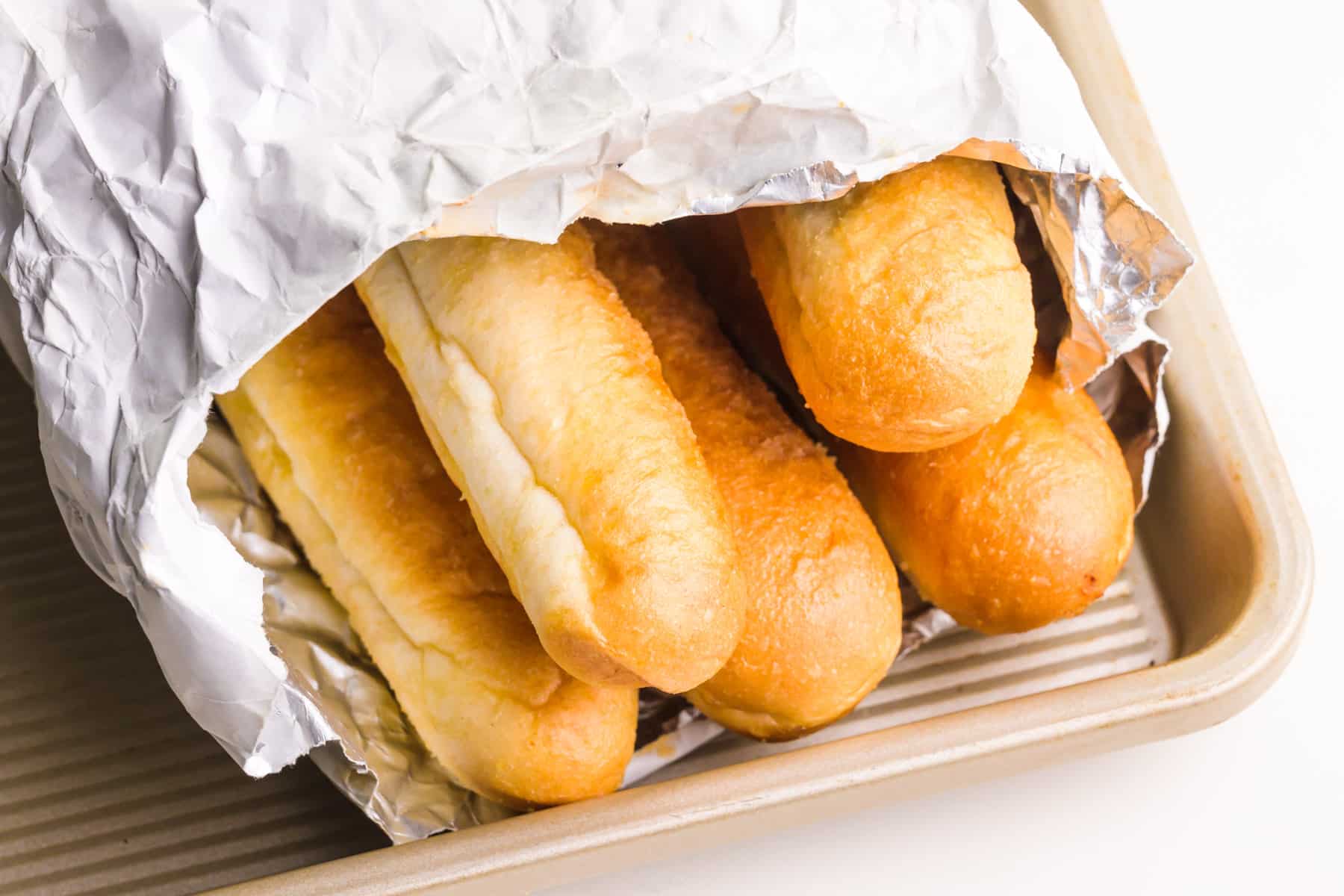
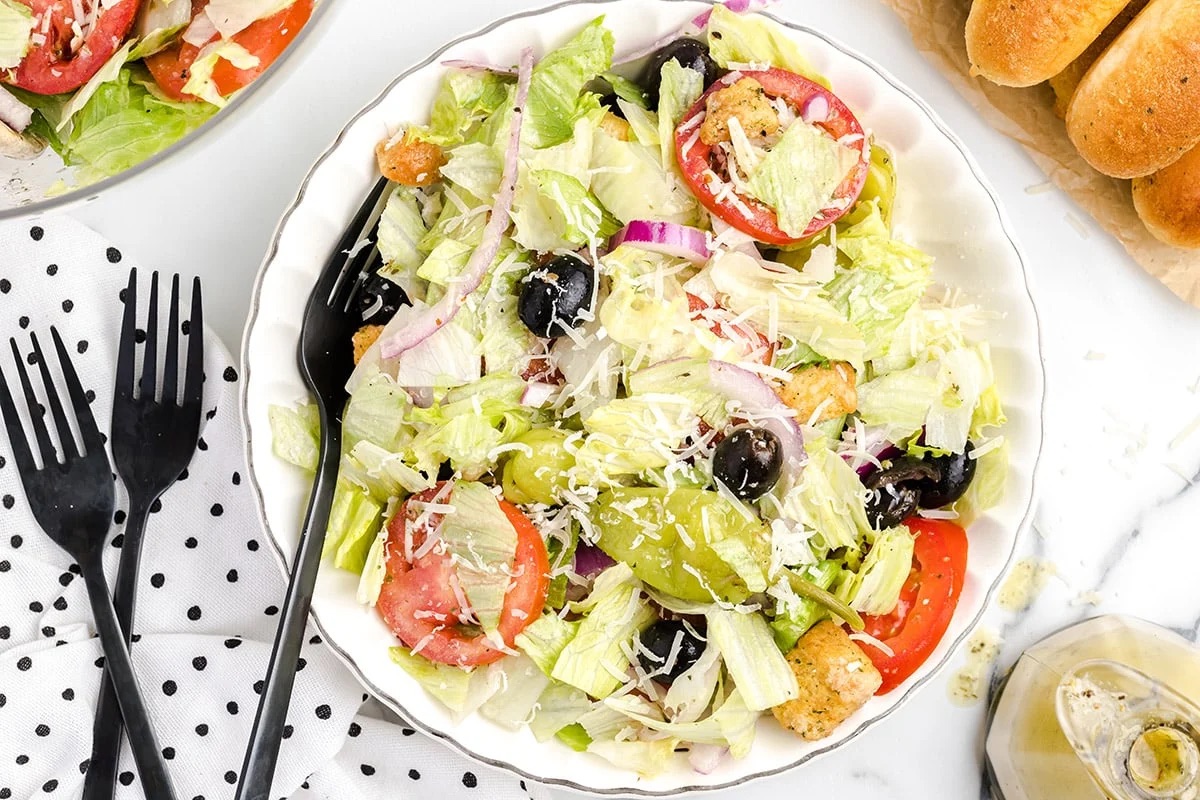
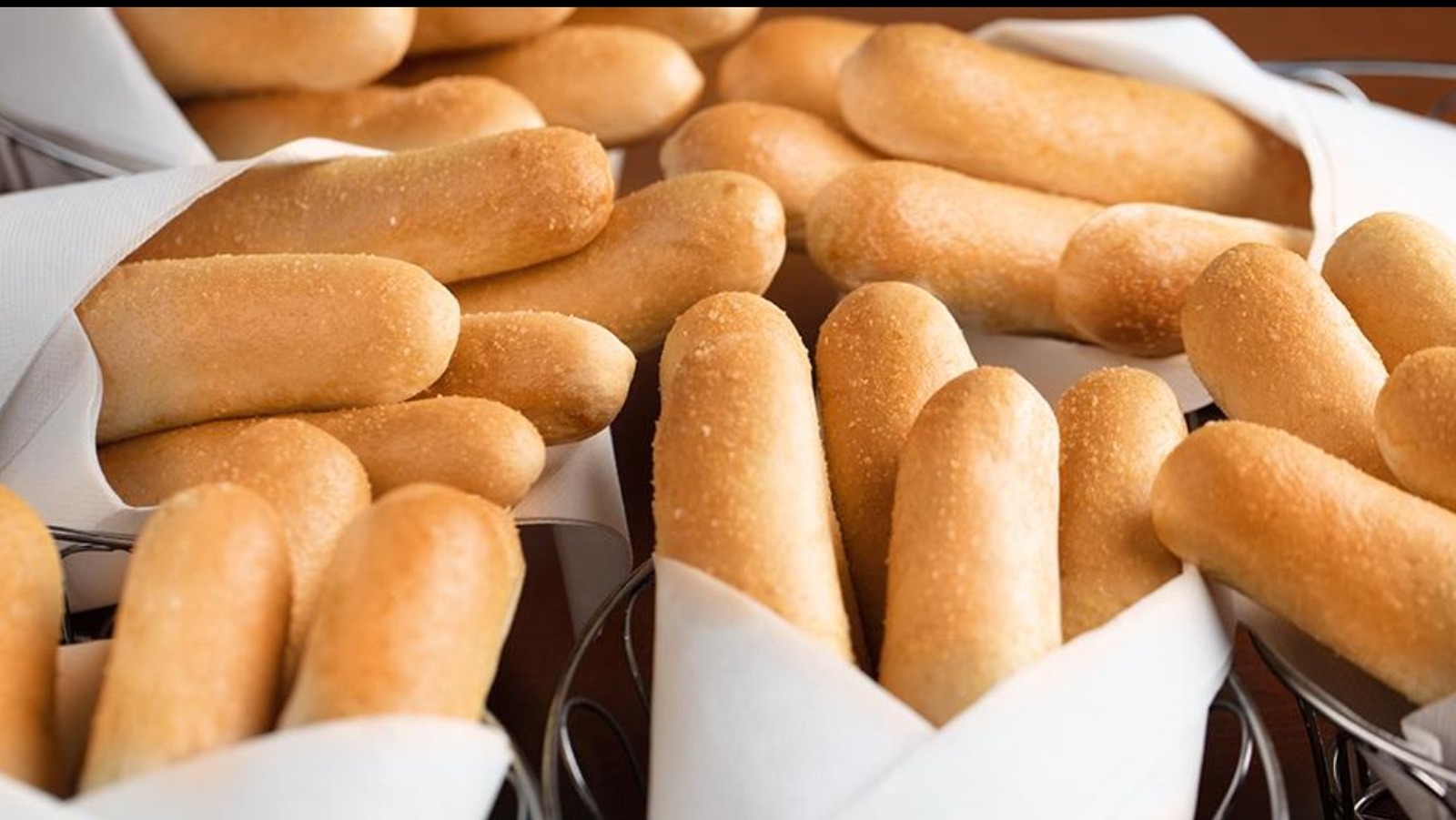
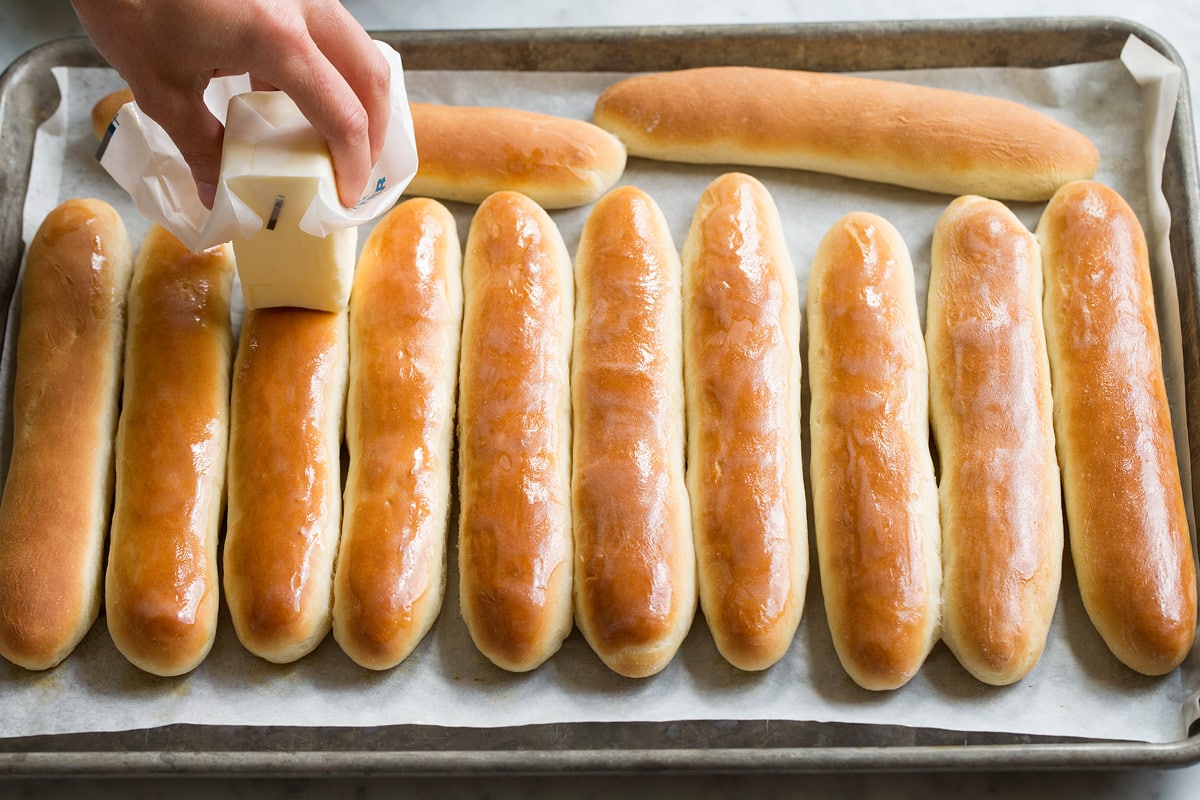
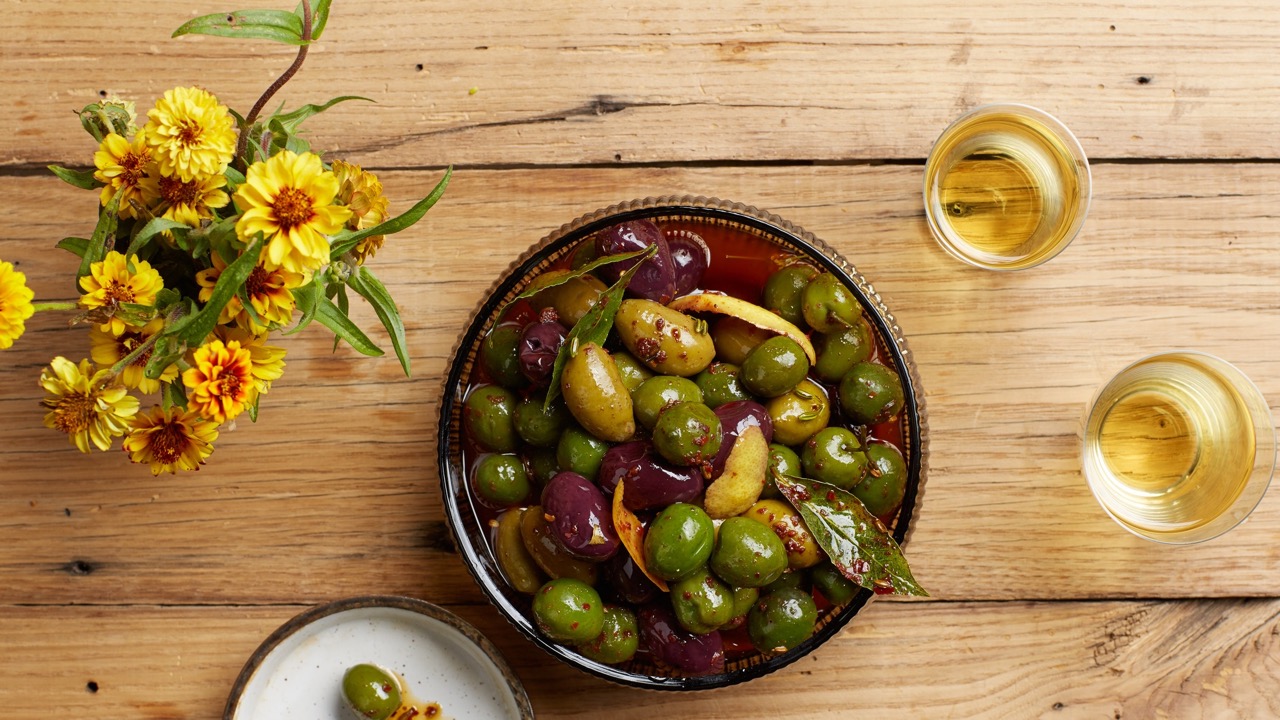
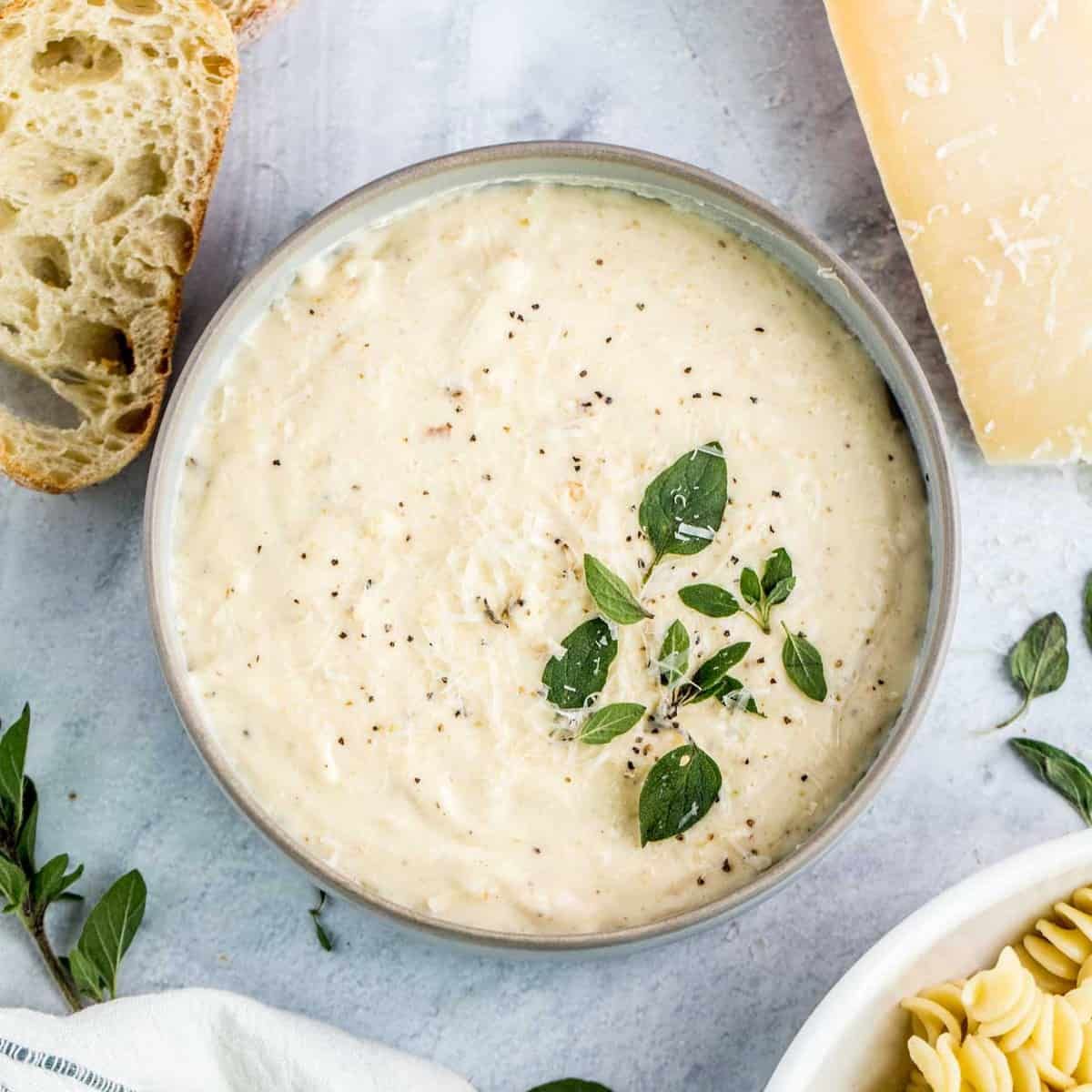
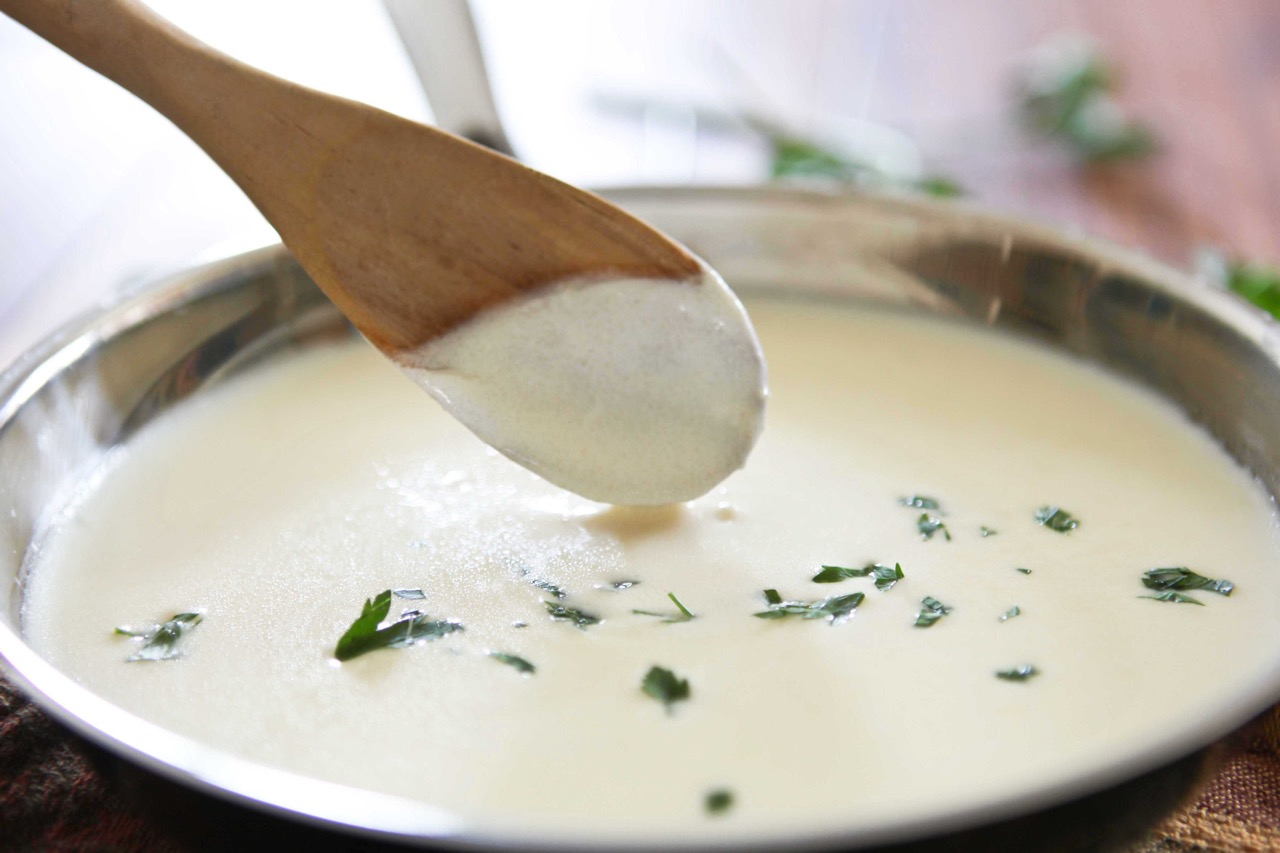
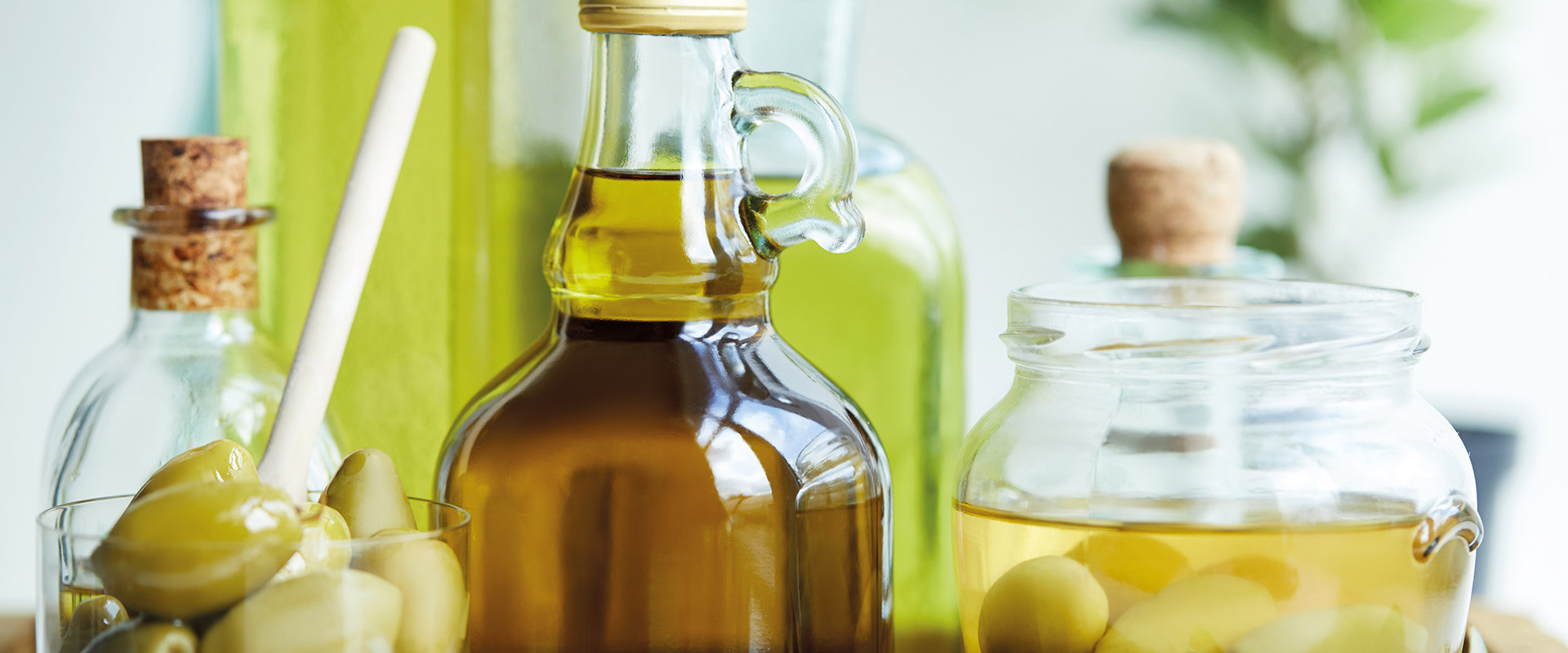
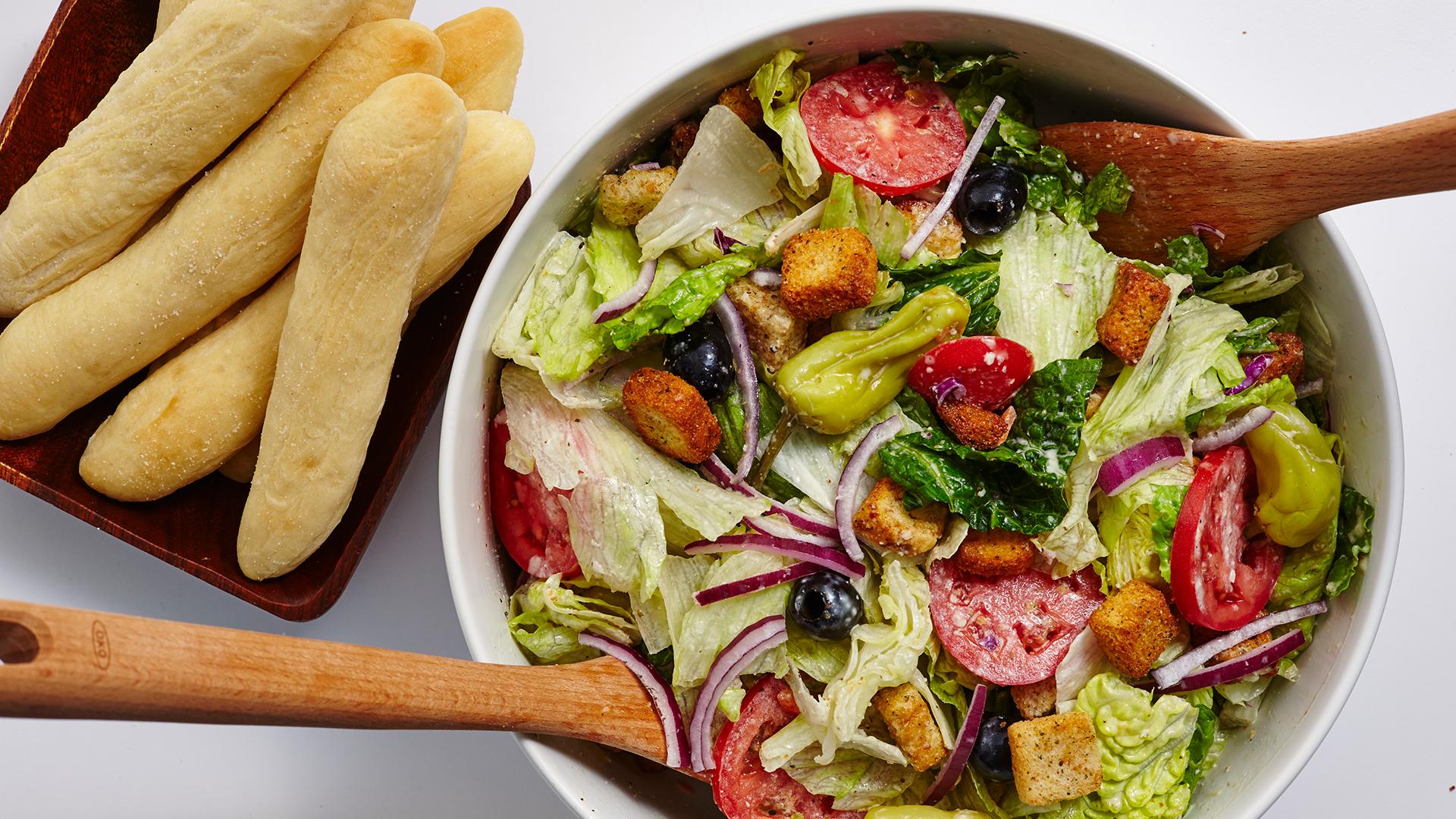
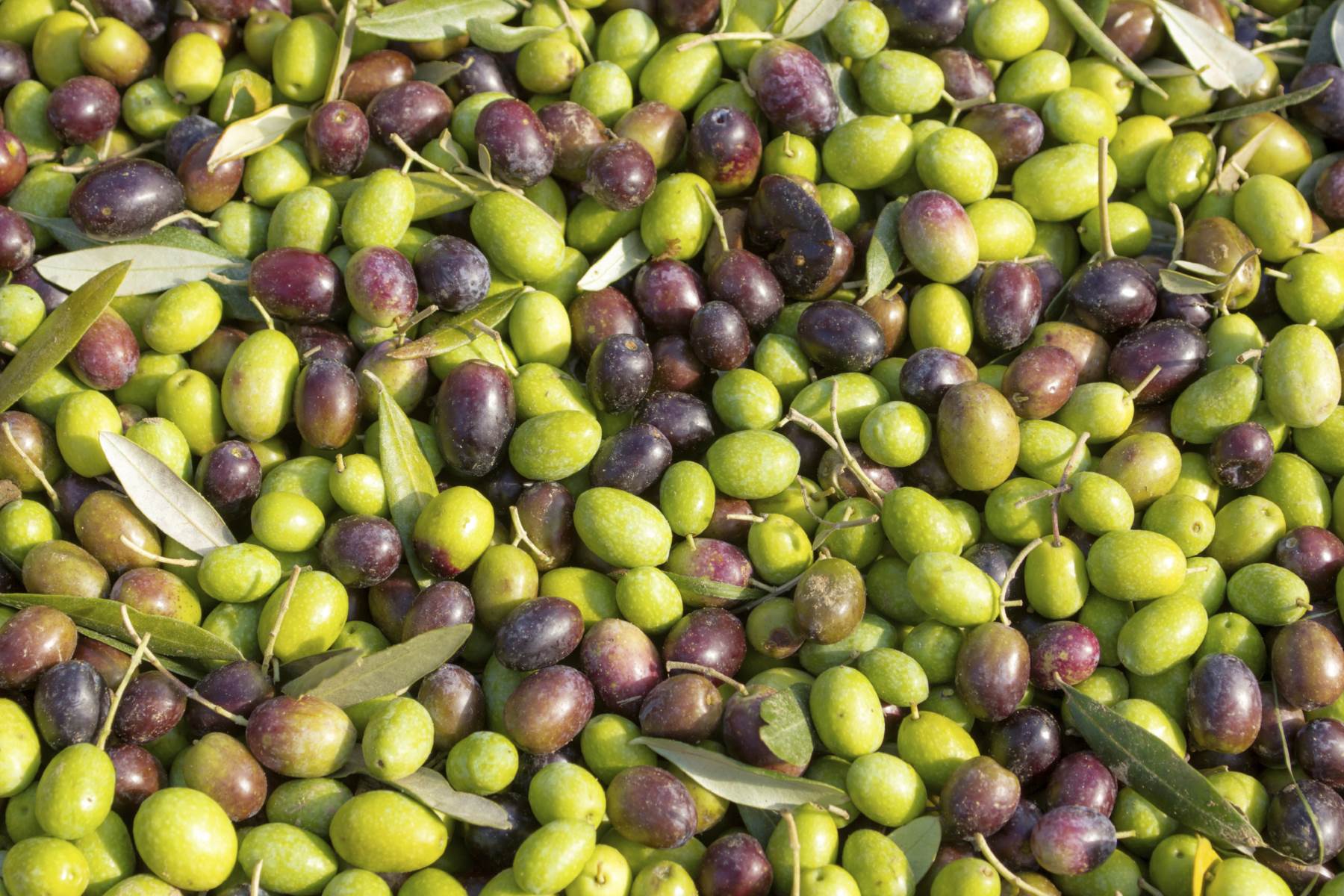
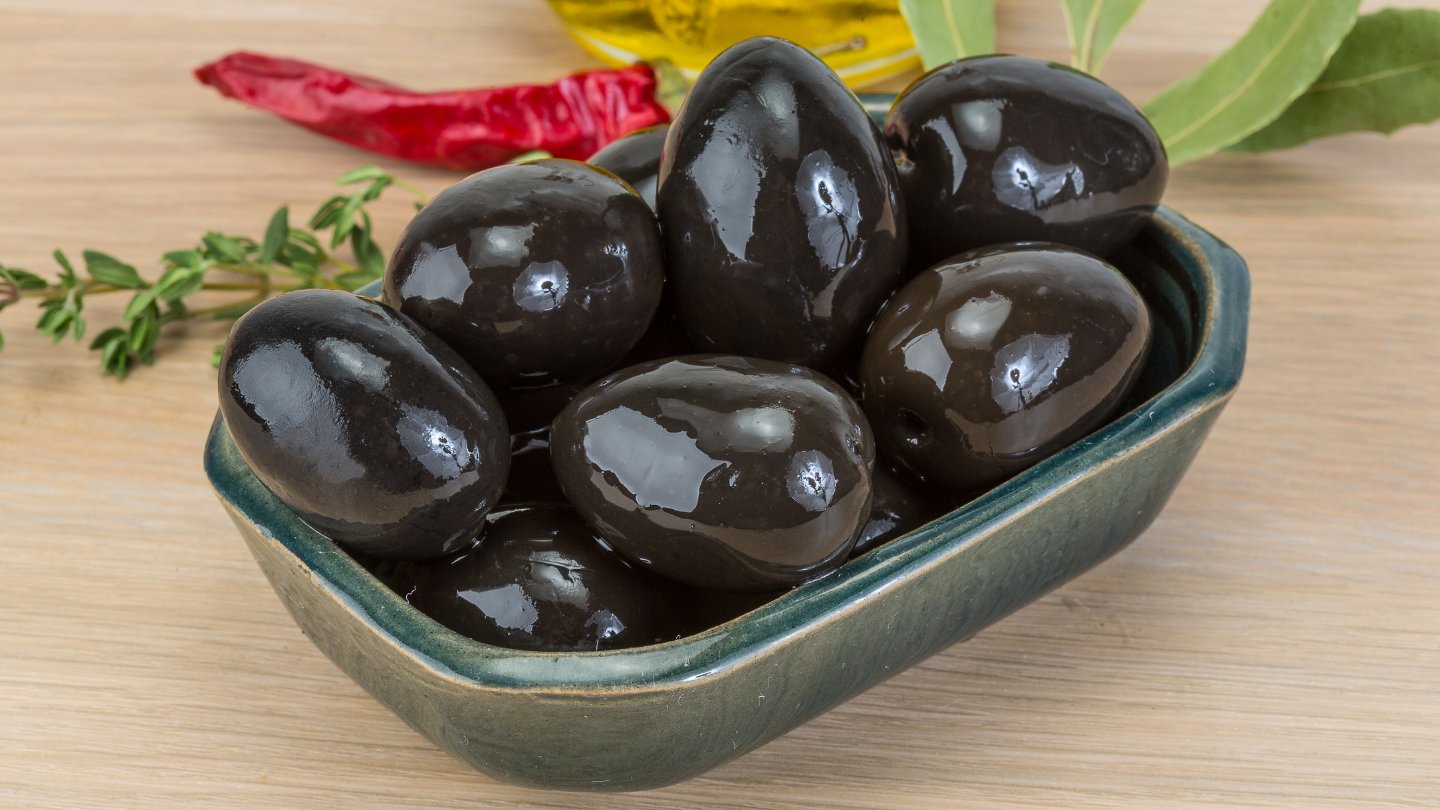
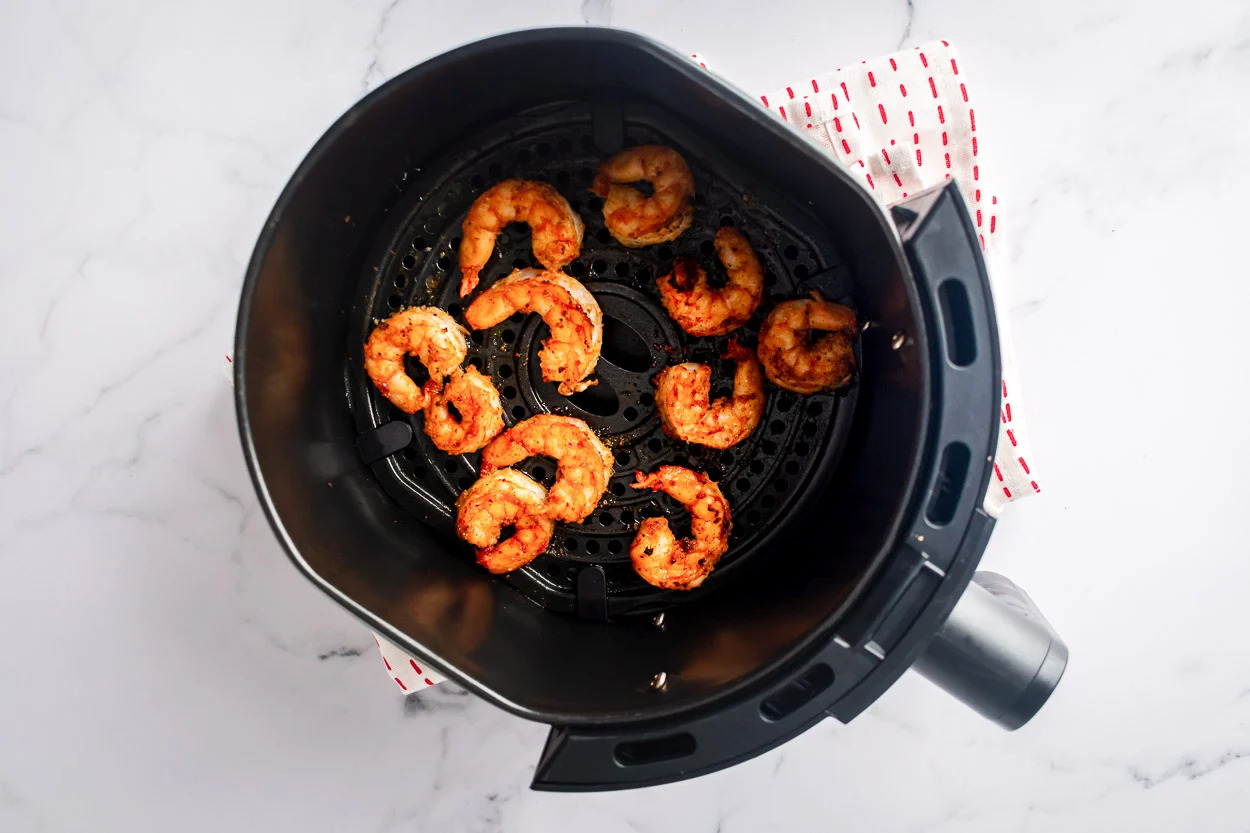
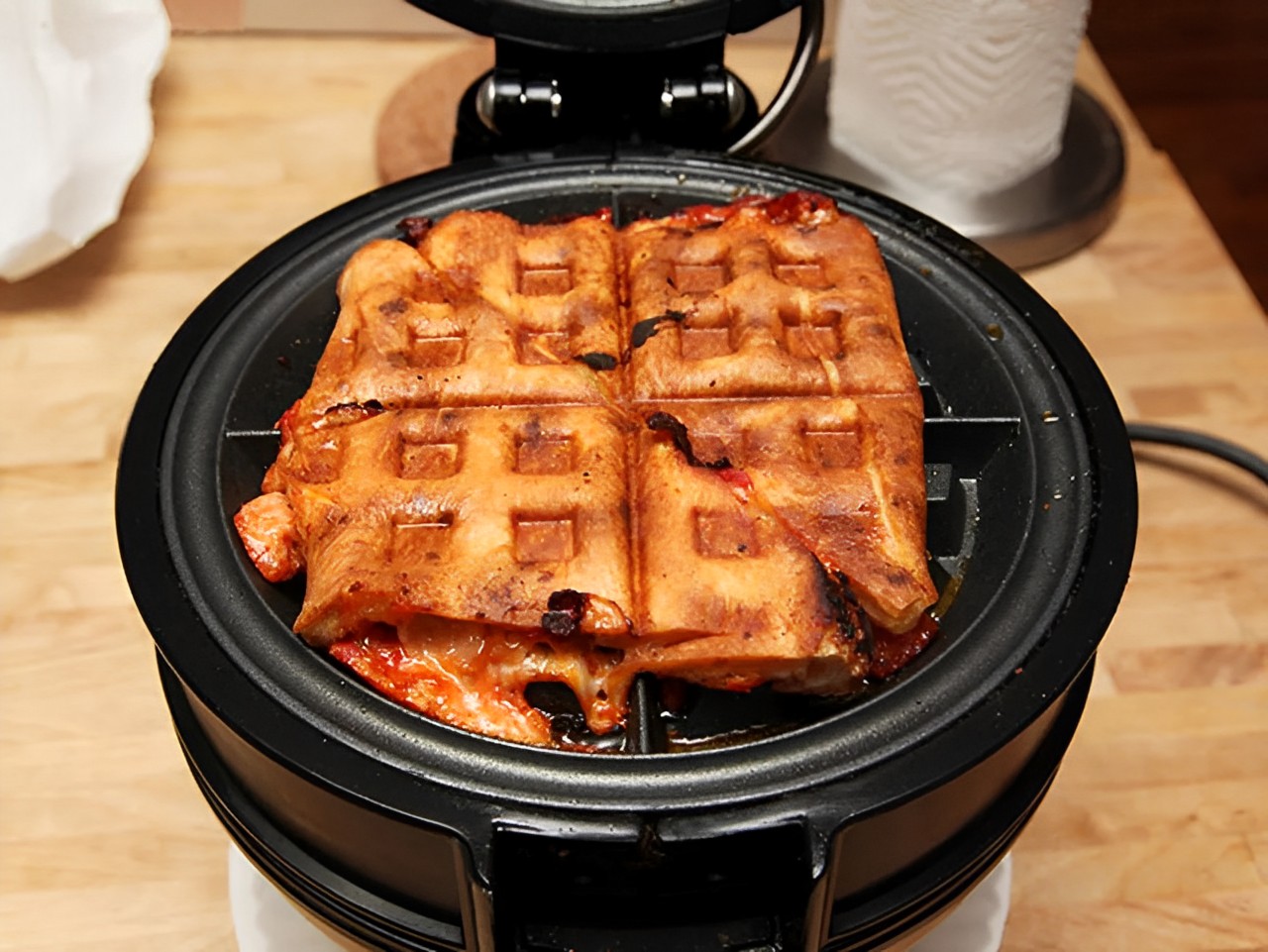

0 thoughts on “How To Reheat Olive Garden Alfredo”